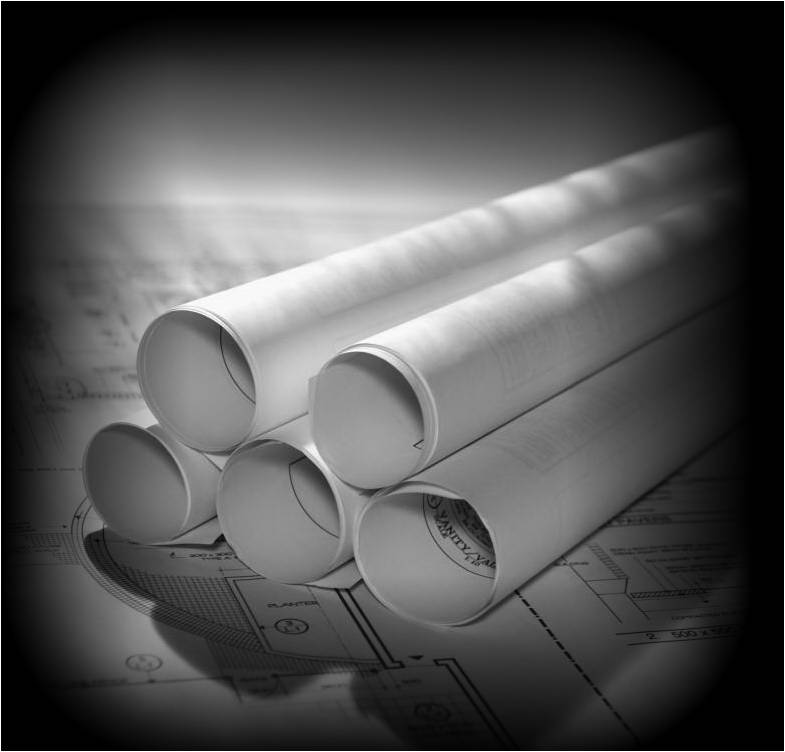
Process studies & independent design reviews
Adequate separation of oil, gas, water and solids is one of the key elements in the successful operation of a production or processing facility. This makes the design and selection of separation equipment, such as separators and scrubbers together with their internals, a critical step in the execution of a project.
Commonly, Oil & Gas companies and EPC contractors obtain proposals for the design and supply of separation equipment from internals vendors or vessel manufacturers.

The challenge then faced by the Oil & Gas company and EPC contractor is how to assess the true technical suitability of the design proposed by the sub-supplier for its intended service. The question is: Will the performance guarantee provided with the proposed design actually be met in practice?
This essential question can be a difficult question to answer by the project team since their expertise understandably does not include in-depth knowledge of the intricacies and details of separation internals design, such as flow distribution, performance and hydraulics considerations, as well as potential pit-falls associated with separation internals designs.
To assist Oil & Gas companies, EPC contractors and vessel manufacturers in their selection of separation equipment and to assist with debottlenecking of existing separation equipment, Kranji Solutions provides the following process studies and review services:
- Independent design reviews
- Conceptual studies
- Separator design for FEED or detailed design phase
- Debottlenecking studies
When preparing these studies, special attention is given to the intricacies and details of separation internals design, such as flow distribution, performance, hydraulics considerations, interactions with the upstream and downstream equipment, etc.
Benefits:
- The review is independent; Kranji Solutions does not supply hardware.
- Be able to make a well founded equipment selection based on an in-depth assessment by experts.
- Save time (manhours) during the project phase.
- Reduce the risk of operating issues upon start-up.
- Reduce the risk of costly retrofits and downtime due to equipment malperformance.
- Save time during project execution.
Kranji Solutions